Southern California’s Case Study Homes Reimagined Modern Living, and Remain Relevant Today
dppre October 8, 2019
Real Estate
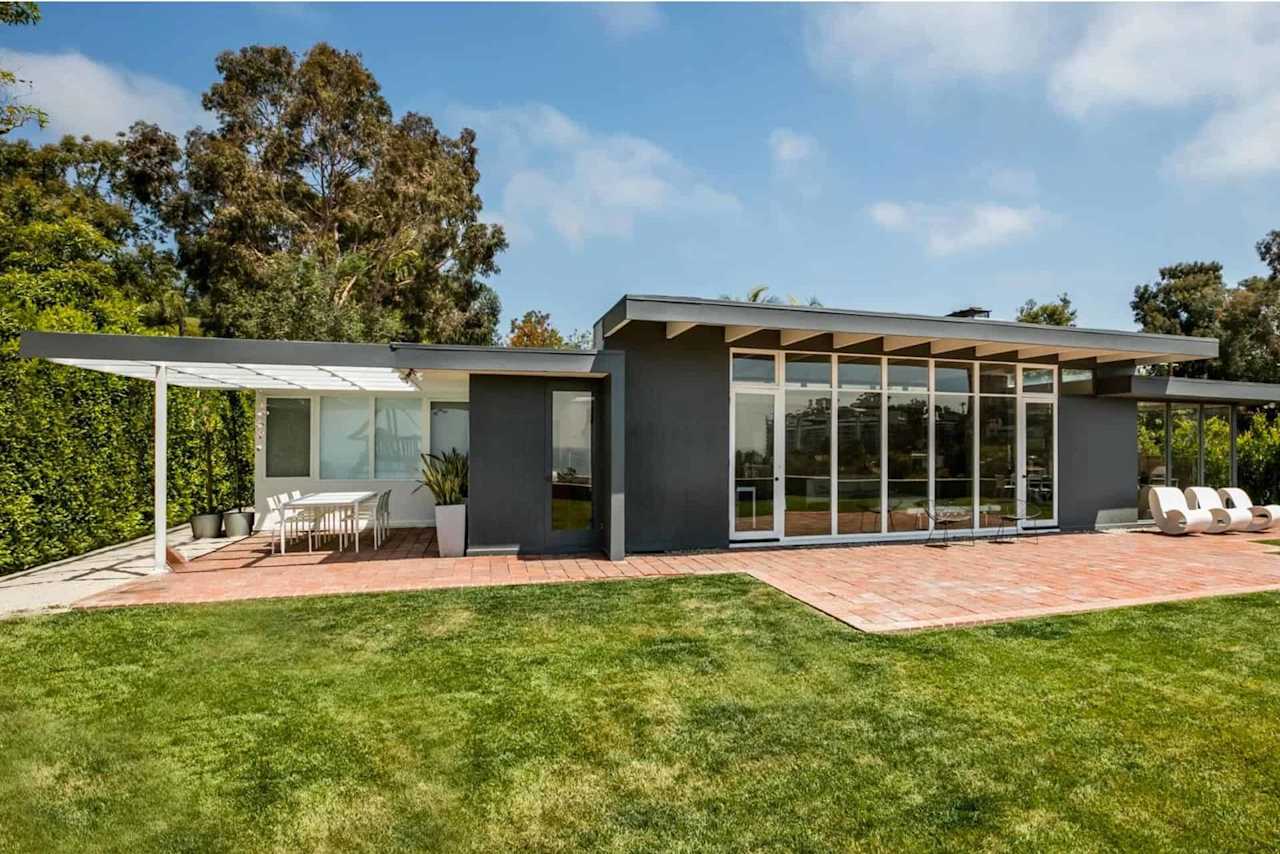
dppre October 8, 2019
Real Estate


By Anne Machalinski
On a Friday afternoon in the spring, a small group wandered below a canopy of towering eucalyptus trees in an idyllic and sun-dappled Southern California yard. The Pacific Ocean below sparkled a dazzling shade of blue, birds chirped and sang overhead, and cheerful bright orange poppies blanketed a nearby hillside embankment.
The crowd was here to take a self-guided tour of the Eames House, an architectural marvel of glass and steel, built by Charles Eames and his wife, Ray, in the late-1940s. The couple moved into the property on Christmas Eve 1949, and continued to live and work there for more than a quarter-century until their deaths. In 2004, the couple’s step-daughter, who then owned the house, gave it as a gift to the non-profit Eames Foundation, which she founded in part to protect it. In 2006, it was declared a National Historic Landmark.
The house, situated on a Pacific Palisades bluff, north of Santa Monica and south of Malibu, is “unselfconscious,” “created in its own little world, screened all around by trees, foliage and hills,” which serve as a “shock absorber,” according to the description of the property in the December 1945 issue of Arts & Architecture magazine. It was here that the Eames House was introduced as part of the magazine’s famed Case Study Houses program, for which publisher John Entenza commissioned major architects of the day to design and build affordable and efficient model homes meant to address the mid-century housing boom and serve as a template for how returning GIs and their families wanted to live after World War II.
Between 1945 and 1966, 36 homes were designed and 25 were built—most of them in Los Angeles. The Eames House—Case Study House #8—is one of two that has nonprofit status, and is eagerly toured by architecture buffs from around the world. The other is Pierre Koening’s iconic Stahl House—Case Study House #22—which overlooks the city’s expanse from a point of remove in the Hollywood Hills.
Of the 23 homes that remain, three were demolished over the years, and another four were renovated past the point of recognition. The 16 Case Study Houses that remain in close-to or in their original forms, designed by architecture greats including Craig Ellwood and Richard Neutra, are owned and lived in by private individuals, and traded at a premium every time they change hands.
But why are these homes that were meant to be affordable, and cater to an average American family, now worth millions? The answer to that question is multi-layered.
There’s the architecture itself, and the style that was introduced as part of the Case Study program—modest in scale, modern and easy to live in, with a harmony between indoor and outdoor spaces, an abundance of natural light, and a type of open-floor plan that’s still in demand today.
Then there’s the land, handpicked decades ago because it was so good, with views of the ocean or mountains, flat lots, with a connection to nature, that is now near-impossible to find in an increasingly dense and urban L.A.
And finally, more than anything, they’re traded at a premium because over time, they have been elevated to become exceedingly rare classic works of art.
To read the full article visit their website here.
Stay up to date on the latest real estate trends.
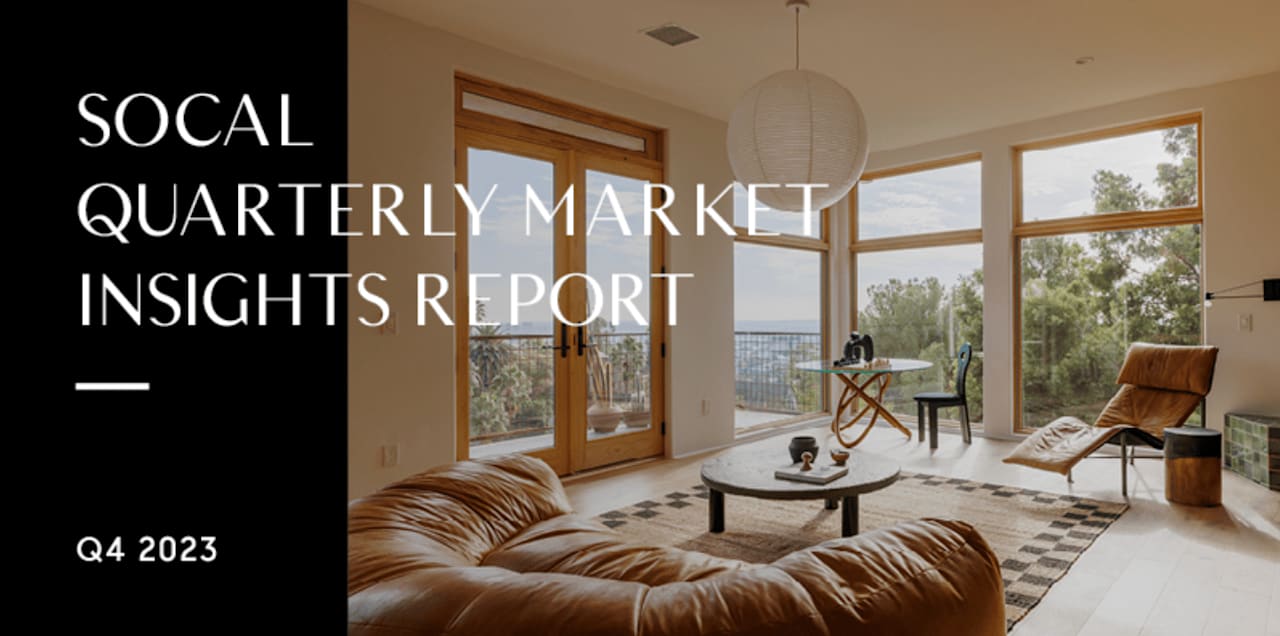
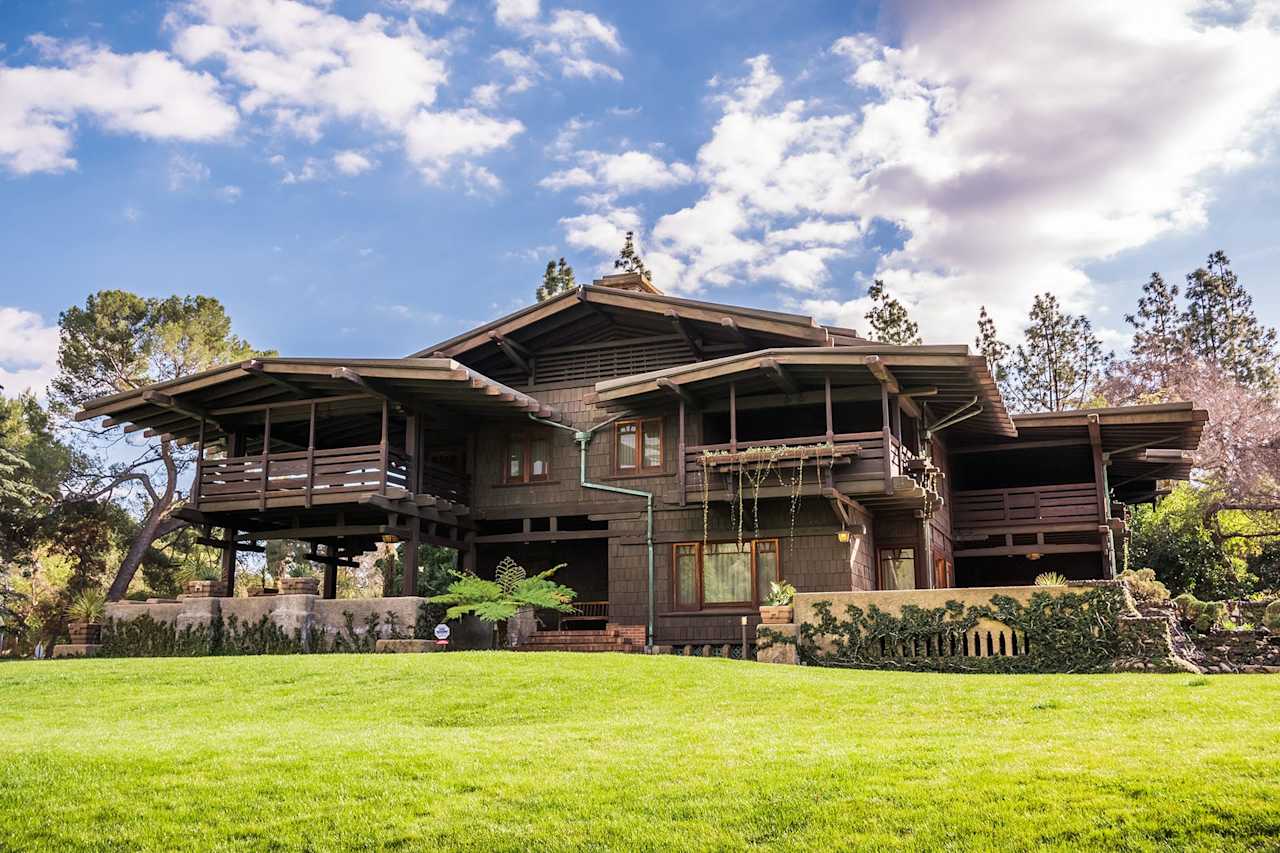
Preserving Heritage Through Meticulous Craftsmanship and Modern Living
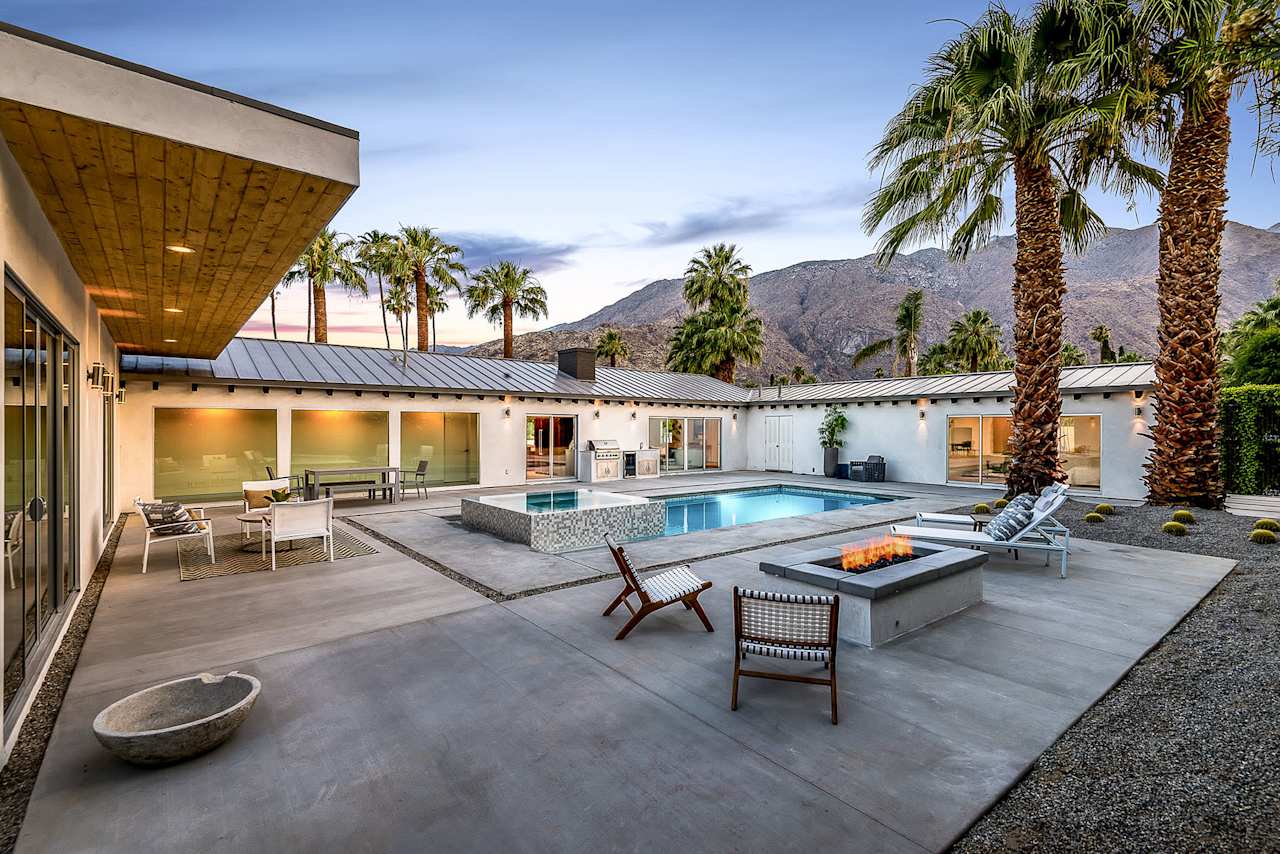
In Palm Springs, Architecture Meets Timeless Innovation
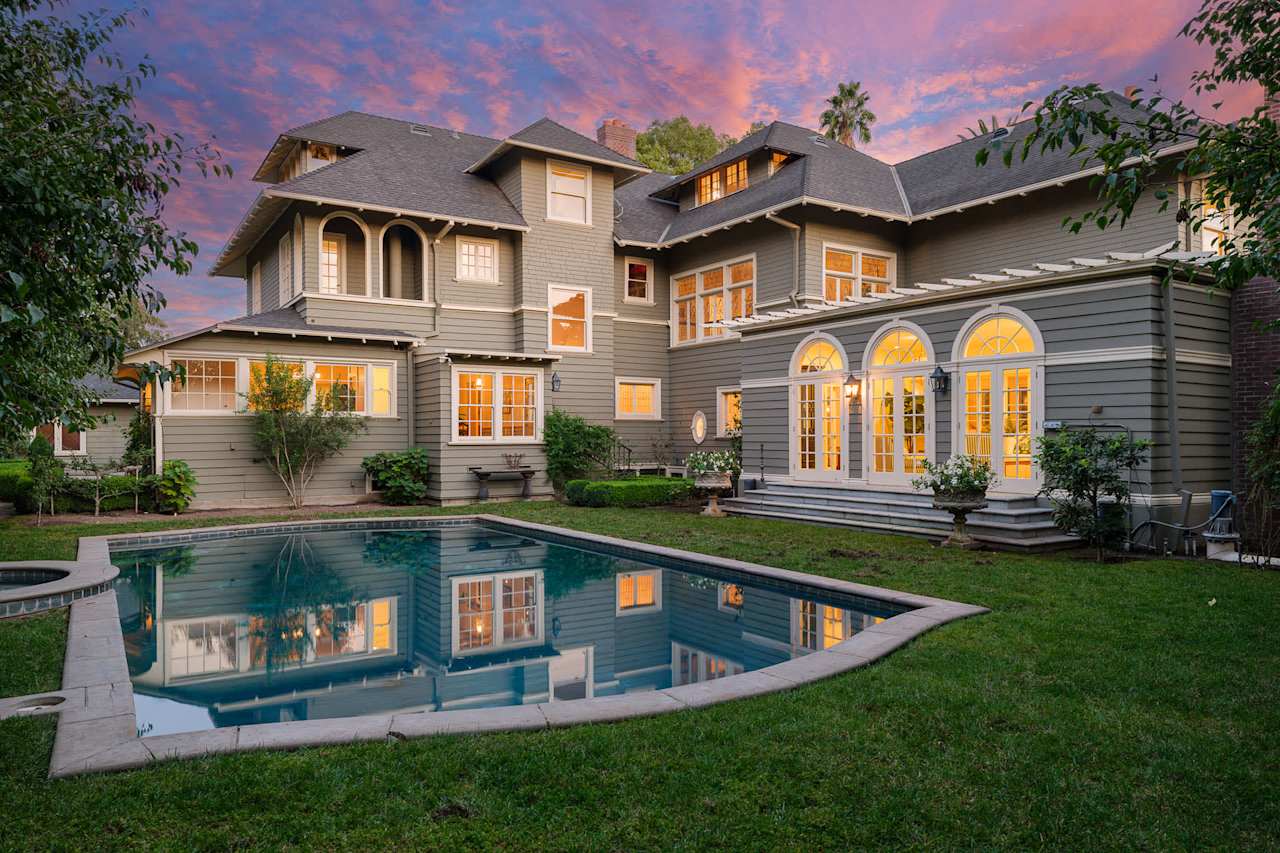
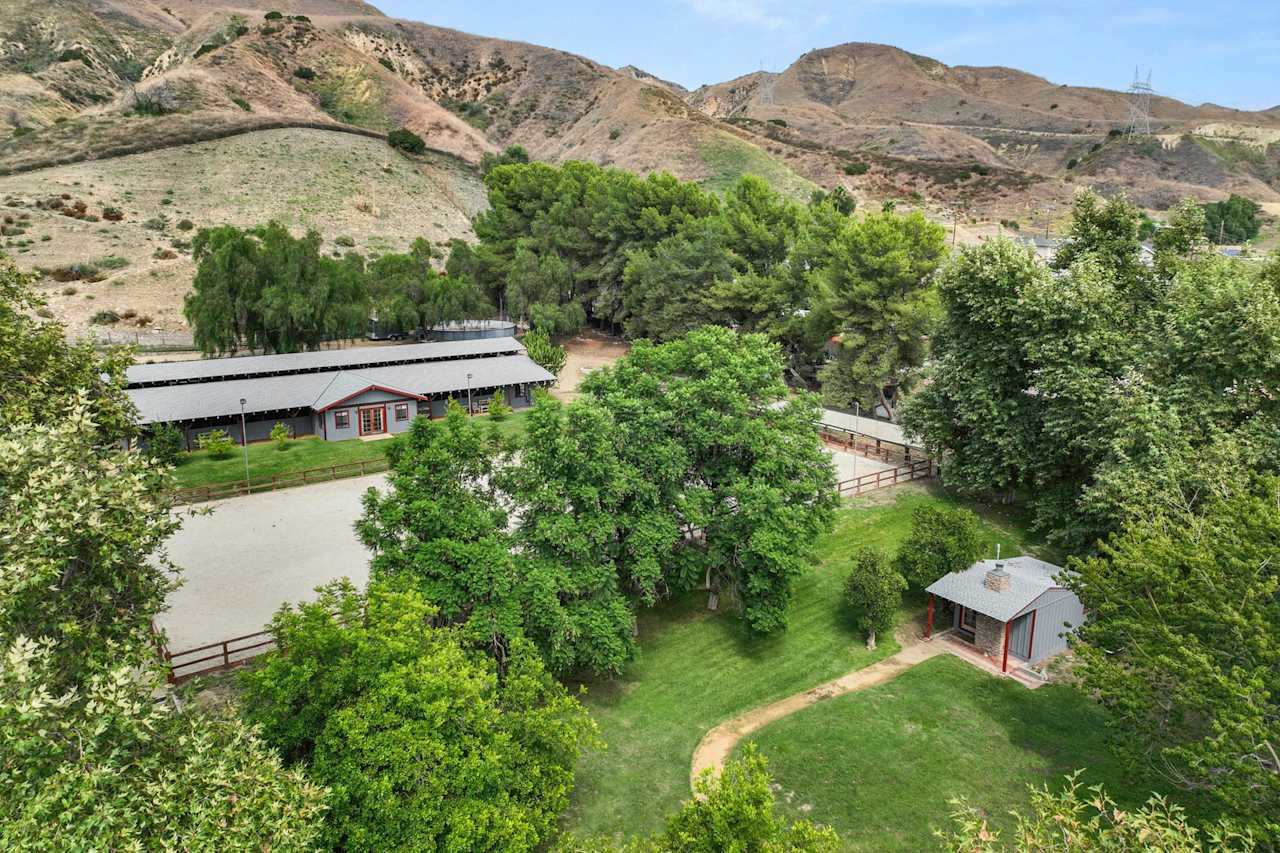
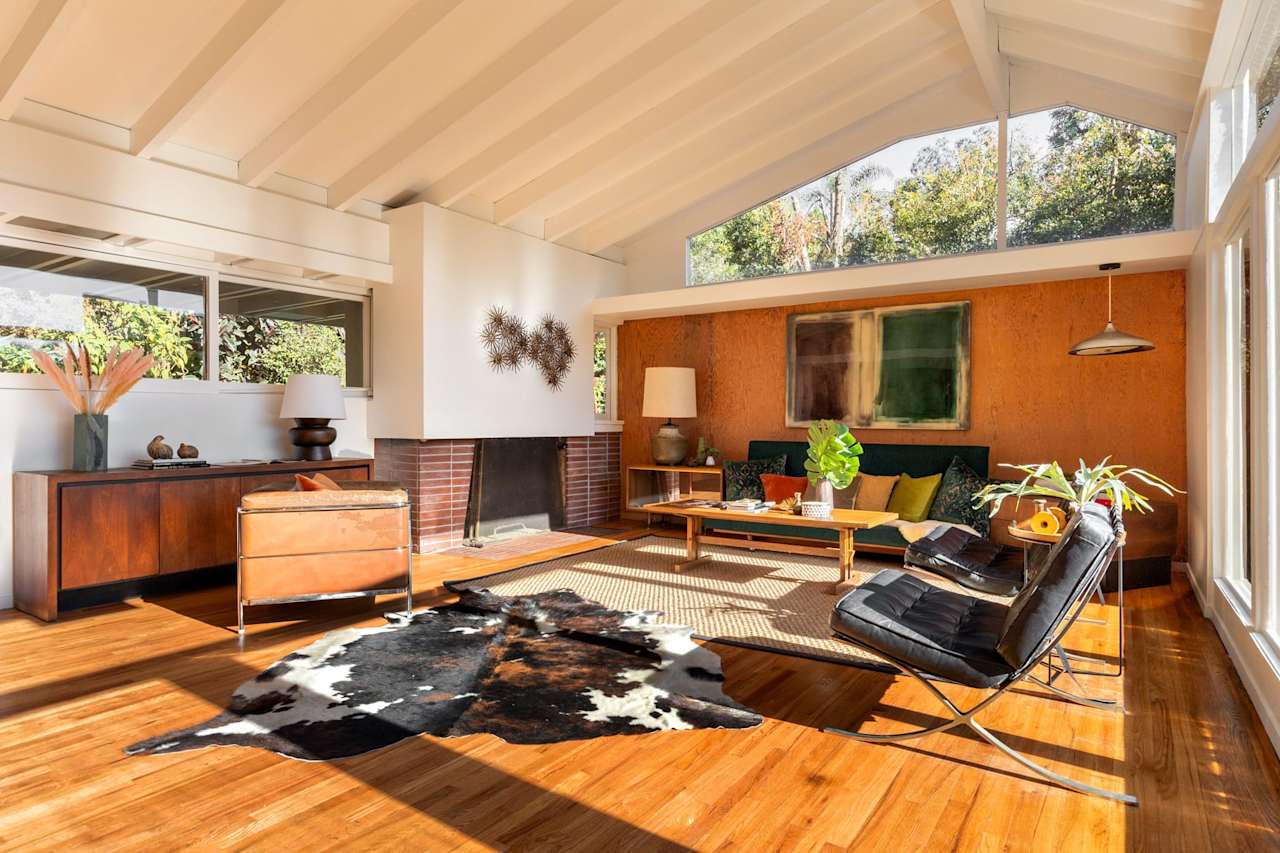
We are available to assist you with all your residential needs, please contact us.